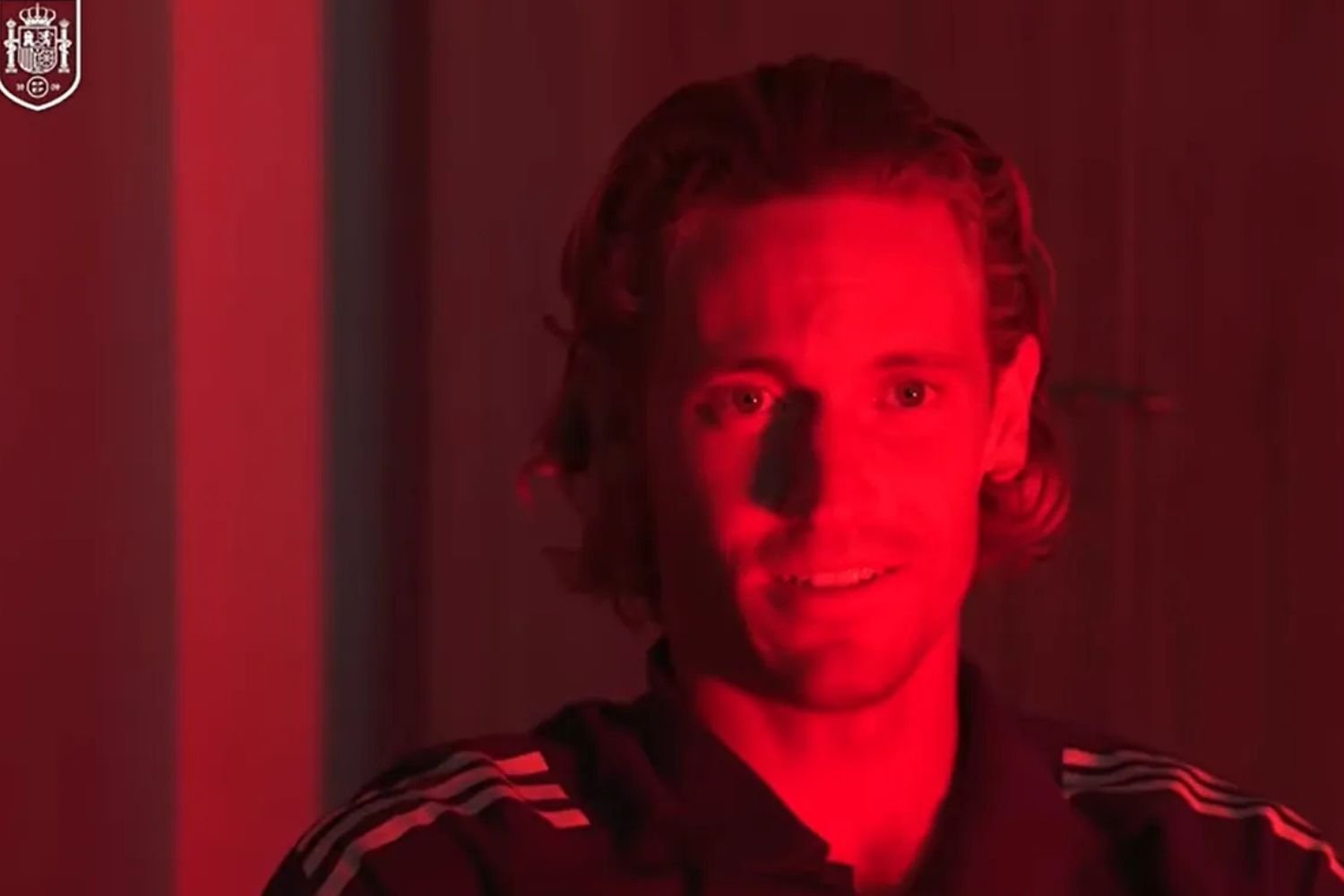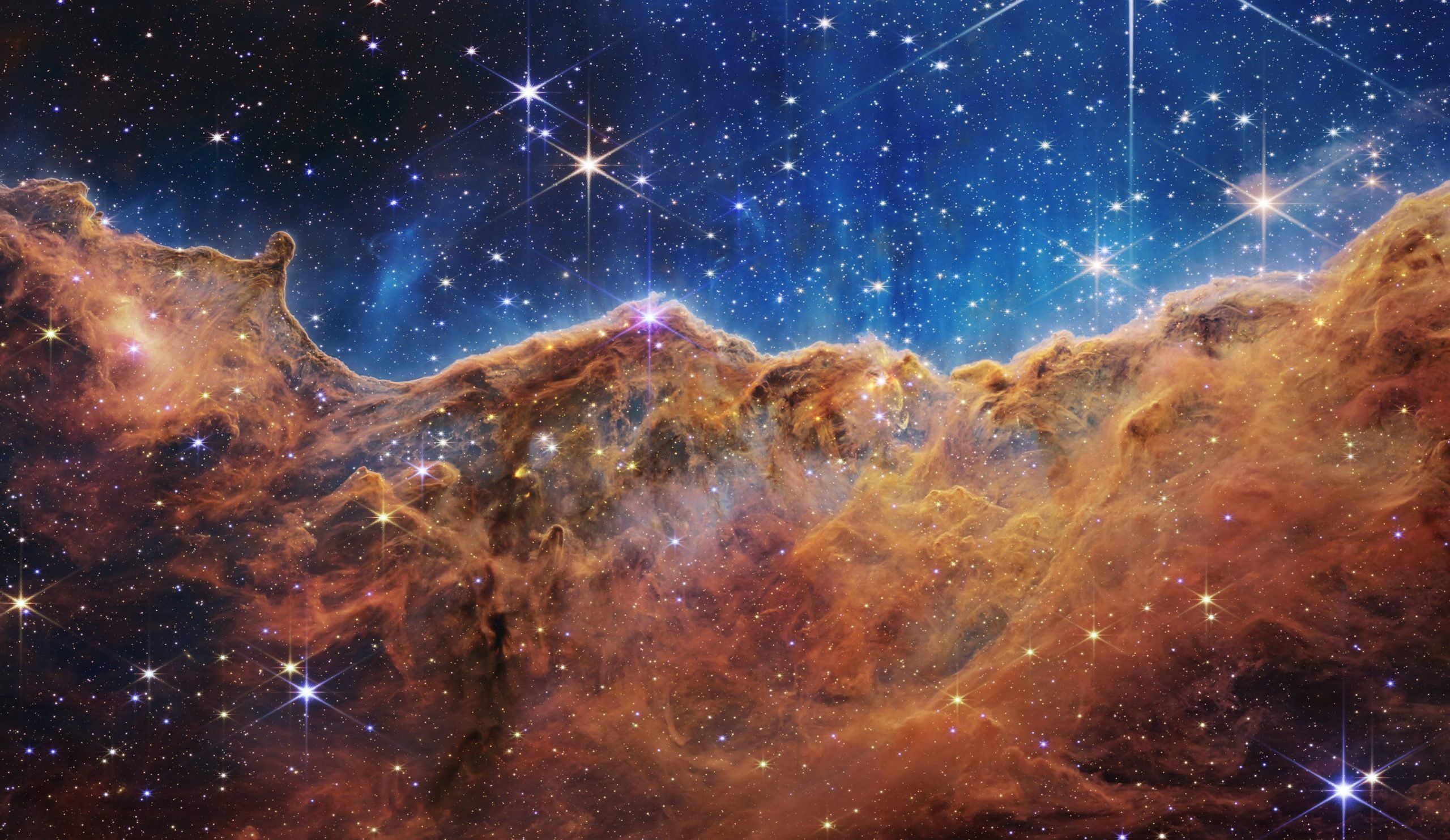The first scientific images from the James Webb Space Telescope left us speechless due to their high resolution. With them we were able to go to distant places in the universe, located billions of light years away. We saw the light of objects that were formed in ancient times and close to the big bang, the explosion that started it all. But does this mean that we have already reached the bottom? Couldn’t there be tools that could go further than James Webb? The truth is that it can be. In fact, they existed long before he left for his destination.
These are tools that learn something known as microwave background radiation. Usually these are millimeter and microwave radio telescopes located both in space and here on Earth. According to David Galadidoctor of astrophysics and staff astronomer at the Calar Alto observatory, “we already have telescopes that reach the bottom of the basin, what happens is that there is a gap between the background radiation and the extent to which telescopes like James Webb, and this helps us bridge this gap“.
But what is this background radiation? And what does distance have to do with the age of objects? To answer these questions, you have to make a long journey into the past. As great as the age of the universe itself.
Basic concepts: distance and retrospective time
When we talk about distances in space, the terms light years as a unit. They refer to the distance light travels in a few years. For example, if we say that an object is 20 light-years away, this means that this is the distance that light will travel in 20 years. Given that the speed of light is approximately 300,000,000 m/s and therefore travels 300,000,000 meters in one second, the exact distance in meters can be calculated. Although that would be a huge amount, so other units are used.
There is another important concept – retrospective time or, what is the same, the time that light spends on the way until it reaches where we are. For short distances, both concepts are equivalent. But as these values increase, they no longer match each other due to the expansion of the universe. David Galadi explains this to us with an example.
“The moon is 1.3 light-seconds away, and besides, the light that reaches us from it left 1.3 seconds ago. But for more distant objects, it begins to count the expansion of the universe. Imagine a distant object from which we are now receiving the light that it emitted 2 billion years ago. This is his retrospective time, we see it as it was 2 billion years ago. However, over the 2,000 million years that light has traveled, the space between this object and our galaxy has increased due to the expansion of the universe. Therefore, the distance to this object today is a plus 2000 million light years.
David Galadi, astrophysicist
How far can James Webb measure?
“James Webb” is able to reach objects located at a great distance, close to 13.8 billion light years. This is key because it is estimated that the Big Bang, the great bang that marked the starting point of the universe, took place several 13.8 billion years. Can we then be witnesses to the birth of the universe?
Not so fast, remember the concepts of distance and retrospective time. “By this James Webb, they tell us that we see things as they were 13,800 million years ago, practically origin of the universe, as they say,” says Galadi. But this is his retrospective. In the time that the photons have traveled, space has expanded, and objects with a retrospective time of 13.8 billion years are now at distances well over 13.8 billion light-years.”
So there is still uncharted territory. Would be a place to watch beyond where it seems to be James Webb. But what could we find?
At this point, we know that, also with these concepts in mind, if we look further, we will continue to travel through time. Therefore, there will come a time when some of the celestial objects known to us will no longer exist, simply because they wouldn’t exist yet. “If the telescope is powerful enough, then we can see galaxies farther and farther, and therefore in the most primitive states its evolution or formation,” says the astronomer who was consulted in this way. “In the future, we will see embryonic galaxies, and there will come a time when a little further we will no longer see galaxies for the simple reason that they have not yet formed.”
Although that doesn’t necessarily mean you haven’t seen anything at all. “Let’s see if any collapsing gas clouds disappear, protogalaxies or whatever it is, but if you look far enough, there will come a time when there is nothing to look at,” he explains. “And it’s not about a larger or smaller telescope, it’s about the fact that if neither stars nor galaxies have yet formed, then they cannot be seen, period. As simple as it is difficult.”
How is it different from other telescopes?
Part of James Webb’s great potential lies in his ability to work in infrared range of the electromagnetic spectrum. This is very interesting, since the obscuration created by clouds of gas and dust penetrates better. But this is not the main factor that distinguishes it from Hubble. In fact, although this telescope operates predominantly in the visible range, it can also operate in the near infrared range.
Therefore, one more Super abilities James Webb is associated with your mirrors. Its main mirror 6 meters in diametermuch more than Hubble, which he was only 2.4 meters. This gives it a much higher sensitivity and resolution, one has only to look at comparisons of photos of one and the other.
Thanks to these and other factors, she was able to take out what is considered the deepest and sharpest infrared images Until now. But this does not mean that they are the deepest images. And the fact is that for decades there have been telescopes that can go far beyond human reach. James Webb.
If we continue to travel through time, we will find the exact point at which these telescopes arrive. We have already seen that the time is coming when there will not even be galaxies. Collapsing gas clouds may be visible. But “James Webb” could not enter them, since not ready for it. In addition, according to David Galadi, “this gas is practically transparent.”
In fact, we can go further than James Webb.
But we can still travel back past the gas clouds. The universe, more and more primitive, becomes more and more “dense and hot”. We are approaching the big bang. “There comes a time when, if I look further, the gas (almost just hydrogen with a little helium) is so fat and hot which begins to ionize. And here comes the climax of our story. turns out ionized gas is opaque. Therefore, it becomes a veil that closes everything and does not allow looking further. According to Galadi, it is “like trying see far away foggy day“. “No matter what telescope you use, you can’t see beyond it.”
Thus we have arrived at the above pool bottom. The bottom that James Webb can’t see. But this does not mean that there is no device capable of detecting it. The key lies in the second property of the ionized gas. And the fact is that, in addition to being opaque, shines more or less like sunlight.
“The light coming from there is redshifted on its way through space due to the expansion of the universe, so that the cosmic background of light from ionized hydrogen is no longer visible in visible light,” explains the astrophysics doctor. “It’s so redshifted that it’s now visible in the microwave.” Consequently, we would encounter the famous microwave background. An area of the universe mapped by instruments such as Planck’s satellite what the European Space Agency (ESA) sent into space in 2009!

But, although it is the most powerful satellite designed for this purpose, there have been others launched before it, such as NASA’s WMAP, which added to the data received by many telescopes and devices on earth and in space. We have spent decades extracting information from that veil of fog that “James Webb” cannot reach. Therefore, it is true that we have much deeper pictures of the universe than what this new telescope can give us. Does this mean that what we saw yesterday is not surprising? Not much less. James Webb deserves to be the grassroots leader he has become. The problem is that their success has made us forget about other legendary rock stars. Stars that also continue to work, as on the first day. Let’s not forget about them.
Source: Hiper Textual













